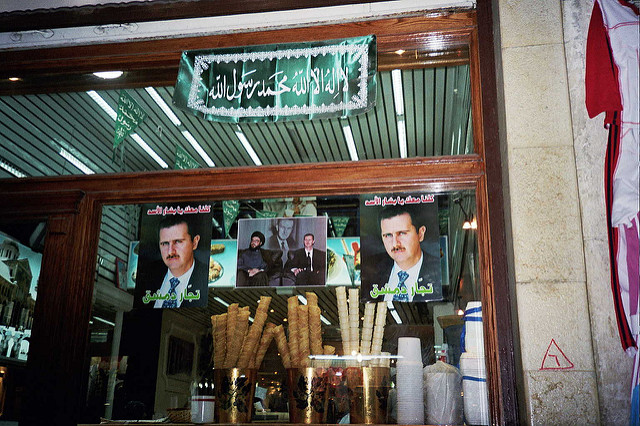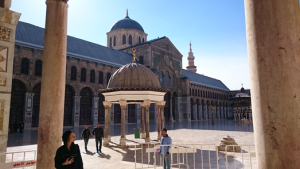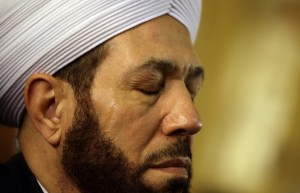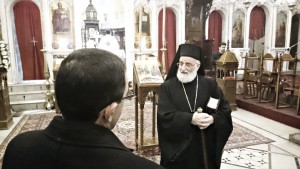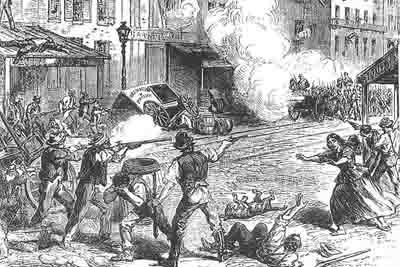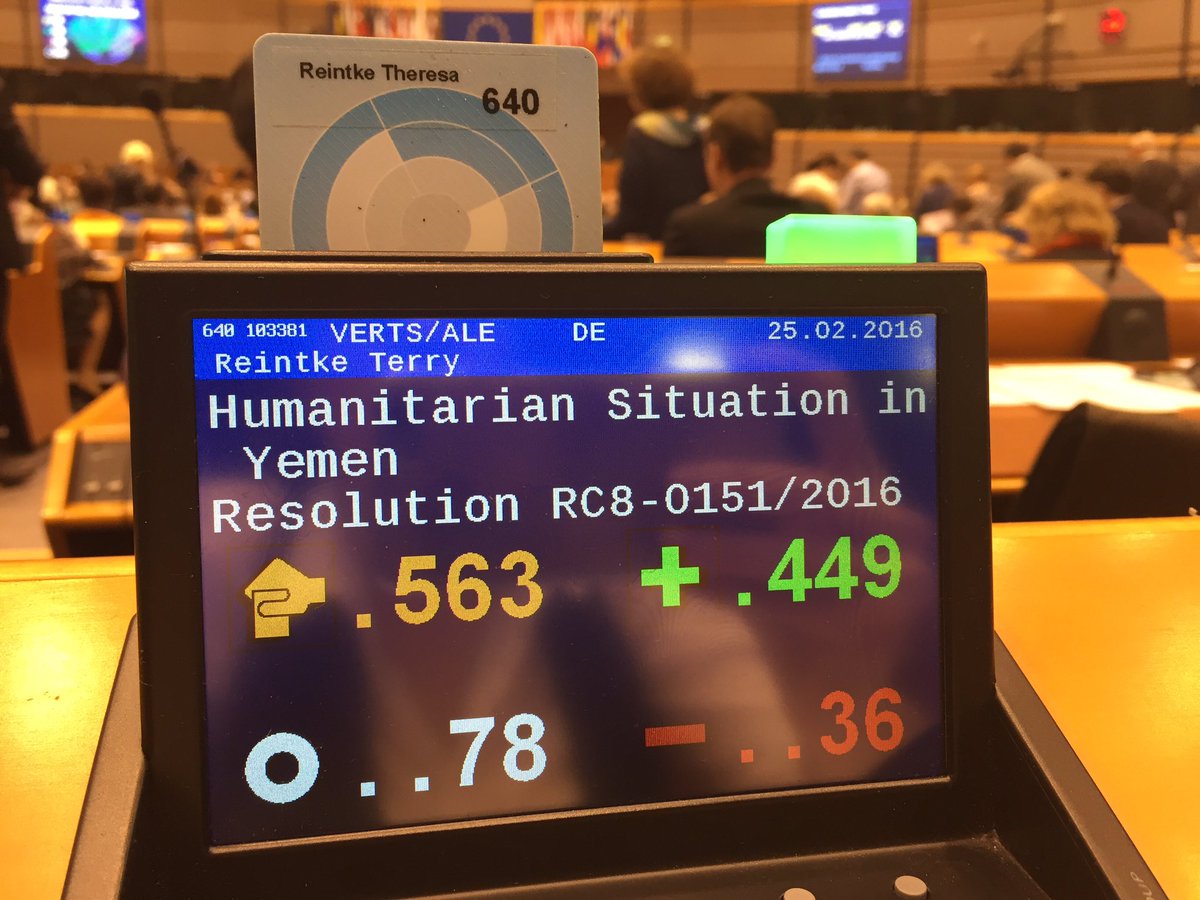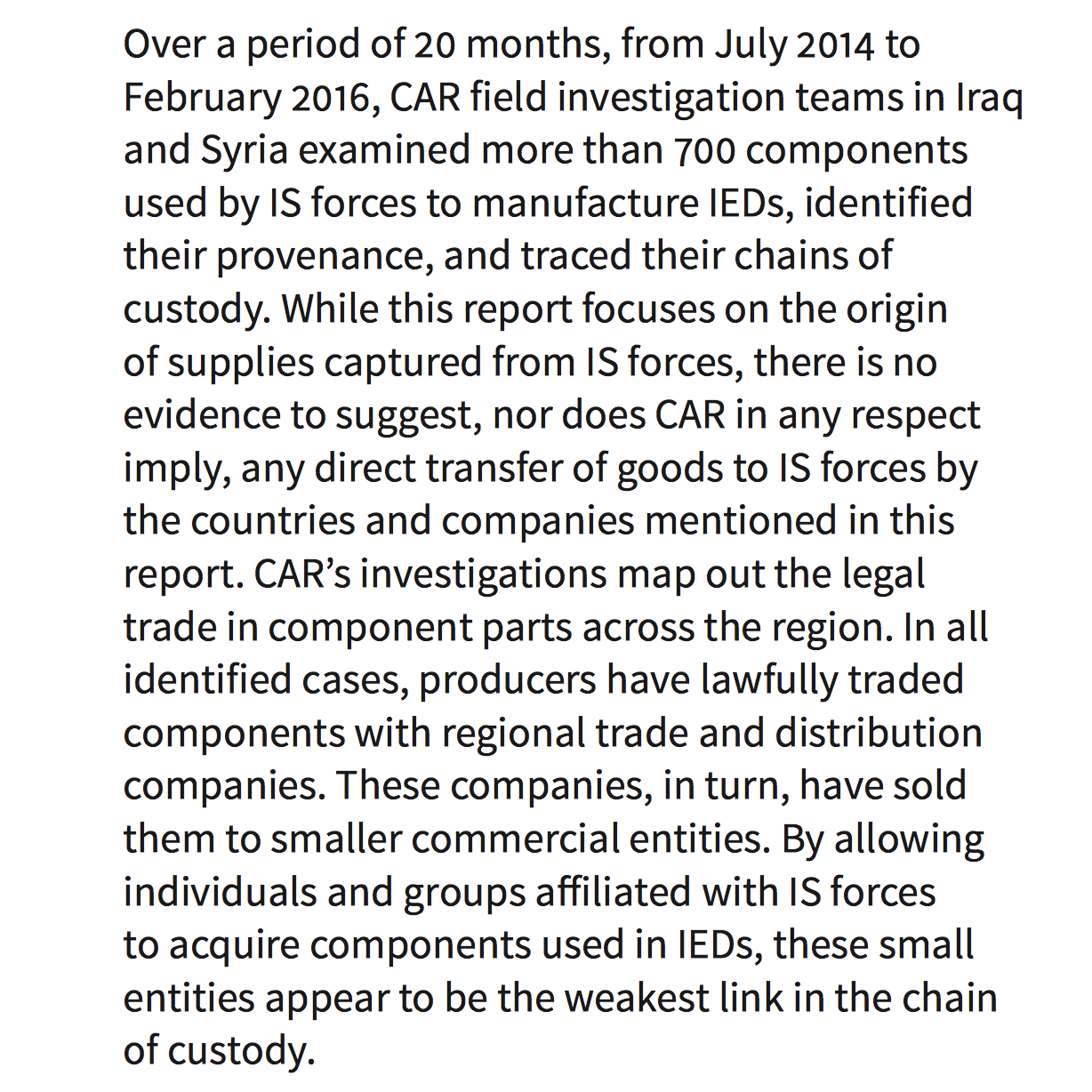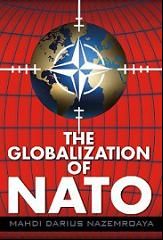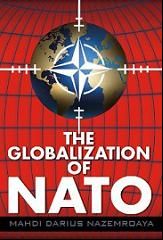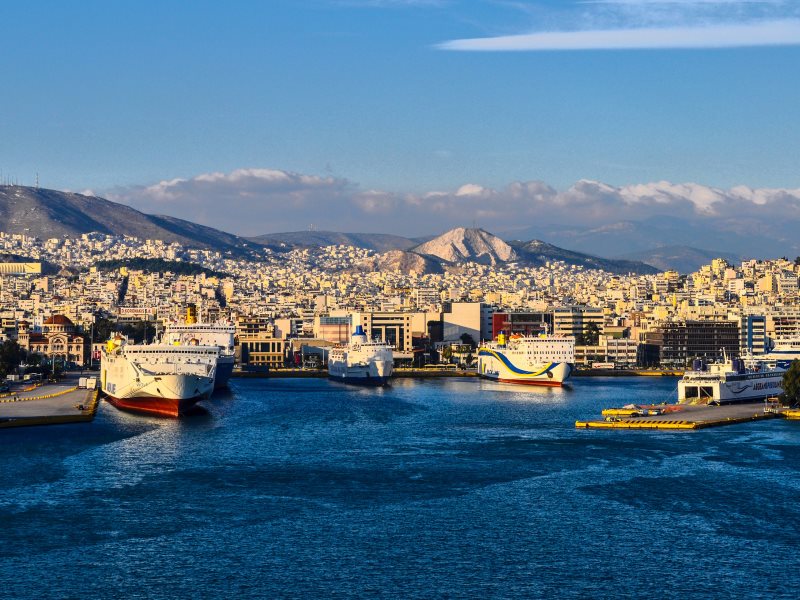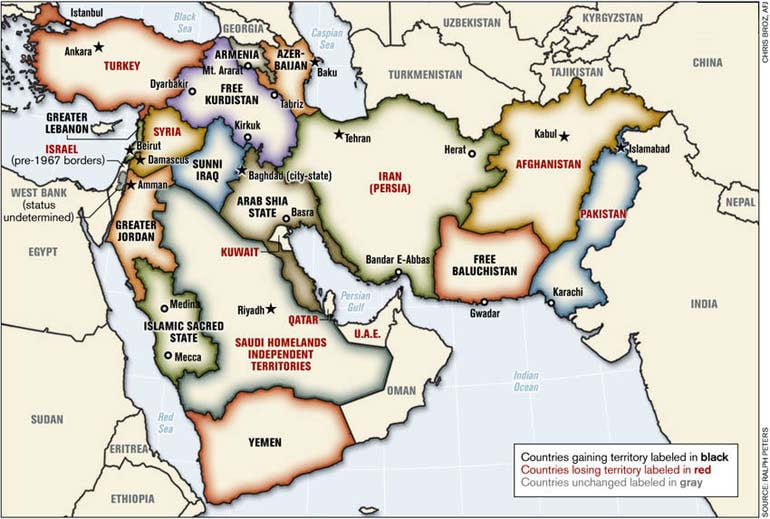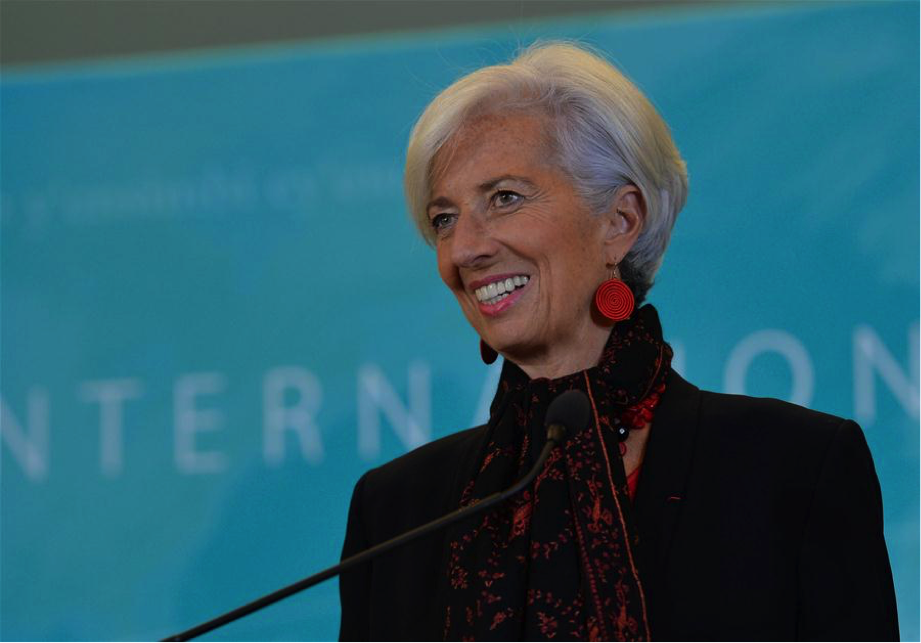Academia: Hands off Revolutionary Philosophy!
February 26th, 2016 by Andre Vltchek
Philosophers have been muzzled by the Western global regime; most of great modern philosophy concealed from the masses. What has been left of it, allowed to float on the surface is toothless, irrelevant and incomprehensible: a foolish outdated theoretical field for those few remaining intellectual snobs.
Philosophy used to be the most precious crown jewel of human intellectual achievement. It stood at the vanguard of almost all fights for a better world. Gramsci was a philosopher, and so were Lenin, Mao Tse-tung, Ho-Chi-Minh, Guevara, Castro, Frantz Fanon, Senghors, Cabral, Nyerere and Lumumba, to name just a few.
To be a thinker, a philosopher, in ancient China, Japan or even in some parts of the West, was the most respected human ‘occupation’.
In all ‘normally’ developing societies, knowledge has been valued much higher than material possessions or naked power.
In ancient Greece and China, people were able to understand the majority of their philosophers. There was nothing “exclusive” in the desire to know and interpret the world. Philosophers spoke to the people, for the people.
Some still do. But that whoring and servile Western academic gang, which has locked philosophy behind the university walls, viciously sidelines such men and women.
Instead of leading people to the barricades, instead of addressing the most urgent issues our world is now facing, official philosophers are fighting amongst themselves for tenures, offering their brains and bodies to the Empire. At best, they are endlessly recycling each other, spoiling millions of pages of paper with footnotes, comparing conclusions made by Derrida and Nietzsche, hopelessly stuck at exhausted ideas of Kant and Hegel.
At worst, they are outrightly evil – making still relevant revolutionary philosophical concepts totally incomprehensible, attacking them, and even disappearing them from the face of the Earth.
***
Only the official breed, consisting of almost exclusively white/Western ‘thought recyclers’, is now awarded the right to be called ‘philosophers’.
My friends in all corners of the world, some of the brightest people on earth, are never defined as such. The word ‘philosopher’ still carries at least some great theoretical prestige, and god forbid if those who are now fighting against Western terror, for social justice or true freedom of thought, were to be labeled as such!
But they are, of course, all great philosophers! And they don’t recycle – they go forward, advancing brilliant new concepts that can improve life on our Planet. Some have fallen, some are still alive, and some are still relatively young:
Eduardo Galeano – one of the greatest storytellers of all times, and a dedicated fighter against Western imperialism. Noam Chomsky – renowned linguist and relentless fighter against Western fascism. Pramoedya Ananta Toer – former prisoner of conscience in Suharto’s camps and the greatest novelist of Southeast Asia. John Steppling – brilliant American playwright and thinker. Christopher Black – Canadian international lawyer and fighter against illegal neo-colonialist concepts of the Empire. Peter Koenig – renowned economist and thinker. Milan Kohout, thinker and performer, fighter against European racism.
Yes – all these great thinkers; all of them, philosophers! And many more that I know and love – in Africa and Latin America and Asia especially…
For those who insist that in order to be called a philosopher, one has to be equipped with some stamp that shows that the person has passed a test and is allowed to serve the Empire, here is proof to the contrary:
Even according to the Dictionary of Modern American philosophers (online ed.). New York: Oxford University Press:
“The label of “philosopher” has been broadly applied in this Dictionary to intellectuals who have made philosophical contributions regardless of academic career or professional title. The wide scope of philosophical activity across the time-span of this Dictionary would now be classed among the various humanities and social sciences which gradually separated from philosophy over the last one hundred and fifty years. Many figures included were not academic philosophers but did work at philosophical foundations of such fields as pedagogy, rhetoric, the arts, history, politics, economics, sociology, psychology, linguistics, anthropology, religion, and theology.”
***
In his brilliant upcoming book Aesthetic Resistance and Dis-Interest, my friend John Steppling quotes, Hullot-Kentor:
“If art – when art is art – understands us better than we can intentionally understand ourselves, then a philosophy of art would need to comprehend what understands us. Thinking would need to become critically imminent to that object; subjectivity would become the capacity of its object, not simply its manipulation. That’s the center of Adorno’s aesthetics. It’s an idea of thought that is considerably different from the sense of contemporary “theory”, where everyone feels urged to compare Derrida with Nietzsche, the two of them with Levinas, and all of them now with Badiou, Žižek and Agamben. That kind of thinking is primarily manipulation. It’s the bureaucratic mind unconsciously flexing the form of social control it has internalized and wants to turn on others.”
Western academia is rigidly defining, which lines of thought are acceptable for philosophers to use, as well as what analyses, and what forms.
Those who refuse to comply are ‘not true philosophers’. They are dilettantes, ‘amateurs’.
And those who are not embraced by some ‘reputable’ institution are not to be taken seriously at all (especially if they are carrying Russian, Asian, African, Middle Eastern or Latino names). It is a little bit like with journalism. Unless you have an ‘important’ media outlet behind you (preferably a Western one), unless you can show that the Empire truly trusts you, your press card is worth nothing, and you would not even be allowed to board a UN or a military flight to a war zone.
Your readers, even if numbering millions, may see you as an important philosopher. But let’s be frank: unless the Empire stamps its seal of acceptance on your forehead of backside, in the West you are really nothing more than worthless shit!
***
BLURRING THE WORK OF REVOLUTIONARY PHILOSOPHERS
After all that I have witnessed and written, I am increasingly convinced that Western imperialism and neo-colonialism are the most urgent and dangerous challenges facing our Planet. Perhaps the only challenges…
I have seen 160 countries in all corners of the Globe. I have witnessed wars, conflicts, imperialist theft and indescribable brutality of white tyrants.
And so, recently, I sensed that it is time to revisit two great thinkers of the 20th Century, two determined fighters against Western imperialist fascism: Frantz Fanon and Jean-Paul Sartre.
The Wretched of the Earth, and Black Skin, White Masks – two essential books by Frantz Omar Fanon, a Martinique-born Afro-Caribbean psychiatrist, philosopher, revolutionary, and writer, and a dedicated fighter against Western colonialism. And Colonialism and Neocolonialism, a still greatly relevant book by Jean-Paul Sartre, a prominent French resistance fighter, philosopher, playwright and novelist…
I had all three books in my library and, after many years, it was time to read them again.
But my English edition of Colonialism and Neocolonialism was wrapped in dozens of pages of prefaces and introductions. The ‘intellectual cushioning’ was too thick and at some point I lost interest, leaving the book in Japan. Then in Kerala I picked up another, this time Indian edition.
Again, some 60 pages of prefaces and introductions, pre-chewed intrusive and patronizing explanations of how I am supposed to perceive both Sartre and his interactions with Fanon, Memmi and others. And yes, it all suddenly began moving again into that pre-chewed but still indigestible “Derrida-Nietzsche” swamp.
Instead of evoking outrage and wrath, instead of inspiring me into taking concrete revolutionary action, those prefaces, back covers, introductions and comments were clearly castrating and choking the great messages of both Sartre and Fanon. They were preventing readers and fellow philosophers from getting to the core.
Then finally, when reaching the real text of Sartre, it all becomes clear – why exactly is the regime so determined to “protect” readers from the originals.
It is because the core, the original, is extremely simple and powerful. The words are relevant, and easy to understand. They are describing both old French colonialist barbarities, as the current Western neo-colonialism. God forbid someone puts two and two together!
Philosopher Sartre on China and Western fascist cultural propaganda:
“As a child, I was a victim of the picturesque: everything had been done to make the Chinese intimidating. I was told about rotten eggs… of men sawn between two planks of wood, of piping and discordant music… [The Chinese] were tiny and terrible, slipping between your fingers, attacked from behind, burst out suddenly in a ridiculous din… There was also the Chinese soul, which I was simply told was inscrutable. ‘Orientals, you see…’ The Negroes did not worry me; I had been taught that they were good dogs. With them, we were still among mammals. But the Asians frightened me…”
Sartre on Western colonialism and racism:
“Racism is inscribed in the events themselves, in the institutions, in the nature of the exchange and the production. The political and social statuses reinforce one another: since the natives are sub-human, the Declaration of Human Rights does not apply to them; conversely, since they have no rights, they are abandoned without protection to the inhuman forces of nature, to the ‘iron laws’ of economics…”
And Sartre goes further:
“Western humanism and rights discourse had worked by excluding a majority of the world’s population from the category of humans.”
I address the same issues and so is Chomsky. But the Empire does not want people to know that Sartre, Memmi and Fanon spoke ‘the same language’ as we do, already more than half a century ago!
Albert Memmi:
“Conservatism engenders the selection of mediocre people. How can this elite of usurpers, conscious of their mediocrity, justify their privileges? Only one way: diminish the colonized in order to exult themselves, deny the status of human beings to the natives, and deprive them of basic rights…”
Sartre on Western ignorance:
“It is not cynicism, it is not hatred that is demoralizing us: no, it is only the state of false ignorance in which we are made to live and which we ourselves contribute to maintaining…”
The way the West ‘educates’ the world, Sartre again:
“The European elite set about fabricating a native elite; they selected adolescents, marked on their foreheads, with a branding iron, the principles of Western culture, stuffed into their mouths verbal gags, grand turgid words which stuck to their teeth; after a brief stay in the mother country, they were sent back, interfered with…”
***
It is actually easy to learn how to recycle the thoughts of others, how to compare them and at the end, how to compile footnotes. It takes time, it is boring, tedious and generally useless, but not really too difficult.
On the other hand, it is difficult to create brand new concepts, to revolutionize the way our societies, and our world are arranged. If our brains recycle too much and try to create too little, they get lazy and sclerotic – chronically sclerotic.
Intellectual servility is a degenerative disease.
Western art has deteriorated to ugly psychedelic beats, to excessively bright colors and infantile geometric drawings, to cartoons and nightmarish and violent films as well as “fiction”. It is all very convenient – with all that noise, one cannot hear anymore the screams of the victims, one cannot understand loneliness, and comprehend emptiness.
In bookstores, all over the world, poetry and philosophy sections are shrinking or outright disappearing.
Now what? Is it going to be Althusser (mostly not even real Althusser, but a recycled and abbreviated one), or Lévi-Strauss or Derrida, each wrapped in endless litanies of academic talk?
No! Comrades, philosophers, not that! Down with the sclerotic, whoring academia and their interpretation of philosophy!
Down with the assassins of Philosophy!
Philosophy is supposed to be the intellectual vanguard. It is synonymous with revolution, humanism, and rebellion.
Those who are thinking about and fighting for a much better world, using their brains as weapons, are true philosophers.
Those who are collecting dust and tenures in some profit-oriented institutions of higher ‘learning’ are definitely not, even if they have hundreds of diplomas and stamps all over their walls and foreheads!
They do not create and do not lead. They do not even teach! They are muzzling knowledge. To quote Fanon: “Everything can be explained to the people, on the single condition that you want them to understand.” But “they” don’t want people to understand; they really don’t…
And one more thing: the great thoughts of Fanon and Sartre, of Gramsci and Mao, Guevara and Galeano should be gently washed, undusted and exhibited again, free of all those choking ‘analyses’ and comparisons compiled by toxic pro-establishment thinkers.
There is nothing to add to the writing of maverick revolutionary philosophers. Hands off their work! Let them speak! Editions without prefaces and introductions, please! The greatest works of philosophy were written with heart, blood and passion! No interpretation is needed. Even a child can understand.
Andre Vltchek is a philosopher, novelist, filmmaker and investigative journalist. He covered wars and conflicts in dozens of countries. His latest books are: “Exposing Lies Of The Empire” and “Fighting Against Western Imperialism”.Discussion with Noam Chomsky: On Western Terrorism. Point of No Return is his critically acclaimed political novel. Oceania – a book on Western imperialism in the South Pacific. His provocative book about Indonesia: “Indonesia – The Archipelago of Fear”. Andre is making films for teleSUR and Press TV. After living for many years in Latin America and Oceania, Vltchek presently resides and works in East Asia and the Middle East. He can be reached through his website or his Twitter.
